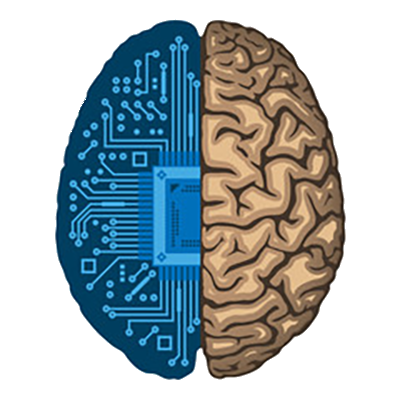Abdullahi Ali
PhD Student - Donders Institute
I am interested in the biological constraints and environmental pressures that drive organisation and information processing in the visual cortex. What aspects of the biological substrate play a key role in the formation of neural circuits and visual function? What visual representations do agents learn in a context in which they actively have to engage with their environment? In order to answer these questions, I aim to develop biologically-plausible neural network models that can solve visual problems in ecologically valid environments.
Ali, A., Ahmad, N., Groot, E., Gerven, M., & Kietzmann, T. (2022). Predictive coding is a consequence of energy efficiency in recurrent neural networks.
Abstract taken from Google Scholar:
Predictive coding is a promising framework for understanding brain function. It postulates that the brain continuously inhibits predictable sensory input, ensuring preferential processing of surprising elements. A central aspect of this view is its hierarchical connectivity, involving recurrent message passing between excitatory bottom-up signals and inhibitory top-down feedback. Here we use computational modeling to demonstrate that such architectural hardwiring is not necessary. Rather, predictive coding is shown to emerge as a consequence of energy efficiency. When training recurrent neural networks to minimize their energy consumption while operating in predictive environments, the networks self-organize into prediction and error units with appropriate inhibitory and excitatory interconnections and learn to inhibit predictable sensory input. Moving beyond the view of purely top-down-driven predictions, we …
Ali, A., & Kwisthout, J. (2019). A spiking neural algorithm for the network flow problem. arXiv preprint arXiv:1911.13097,
Abstract taken from Google Scholar:
It is currently not clear what the potential is of neuromorphic hardware beyond machine learning and neuroscience. In this project, a problem is investigated that is inherently difficult to fully implement in neuromorphic hardware by introducing a new machine model in which a conventional Turing machine and neuromorphic oracle work together to solve such types of problems. We show that the P-complete Max Network Flow problem is intractable in models where the oracle may be consulted only once (`create-and-run' model) but becomes tractable using an interactive (`neuromorphic co-processor') model of computation. More in specific we show that a logspace-constrained Turing machine with access to an interactive neuromorphic oracle with linear space, time, and energy constraints can solve Max Network Flow. A modified variant of this algorithm is implemented on the Intel Loihi chip; a neuromorphic manycore processor developed by Intel Labs. We show that by off-loading the search for augmenting paths to the neuromorphic processor we can get energy efficiency gains, while not sacrificing runtime resources. This result demonstrates how P-complete problems can be mapped on neuromorphic architectures in a theoretically and potentially practically efficient manner.
 Artificial Cognitive Systems
Artificial Cognitive Systems